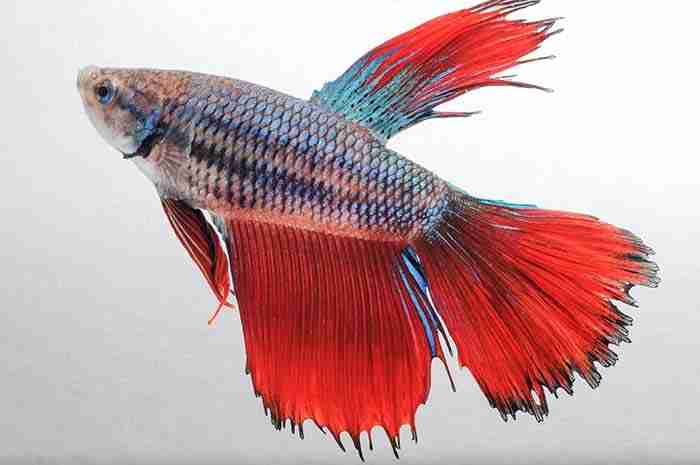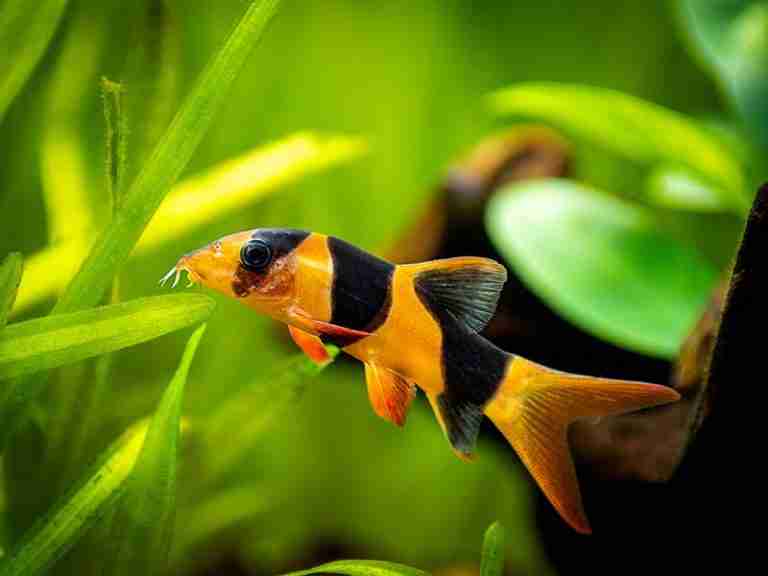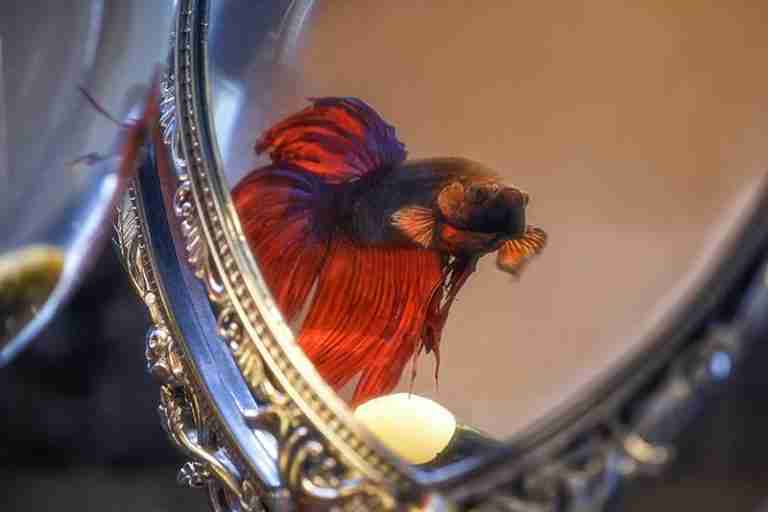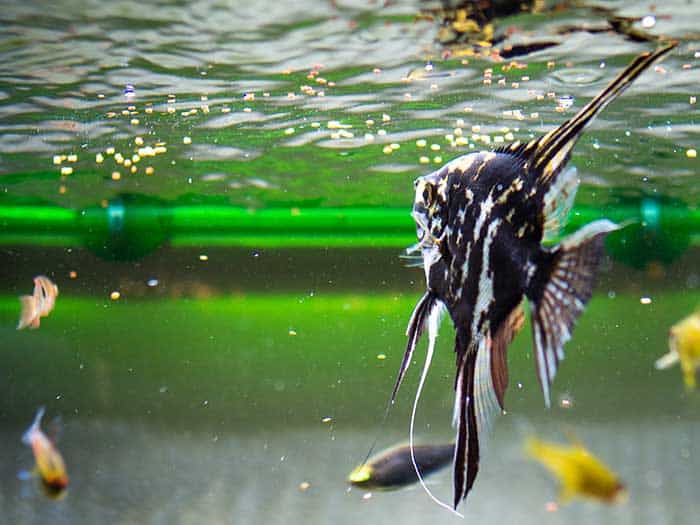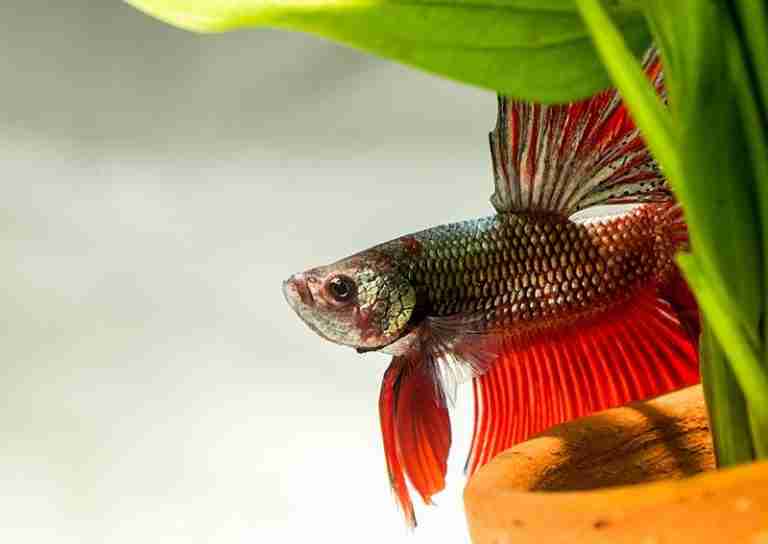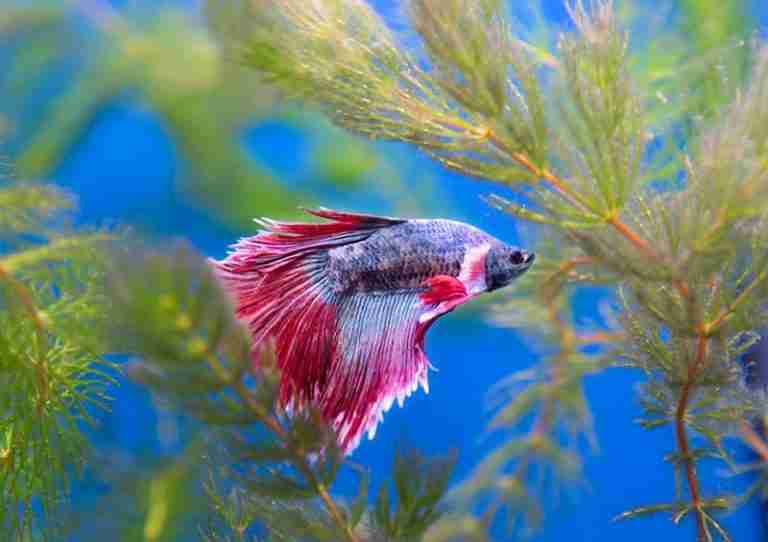How Big Do Angelfish Get (Top tips for healthy growth)
Angelfish are a popular type of tropical freshwater fish. These tropical fish are known for their beautiful coloration and elegant fins. But how big do Angelfish get, and will they outgrow their tank?
Freshwater angelfish typically grow to around 4-6 inches in length, although they are often taller than they are long, often growing to 8-10 inches tall. Marine angelfish can grow much larger, with a typical size of 8-12 inches and 24 inches for larger species.
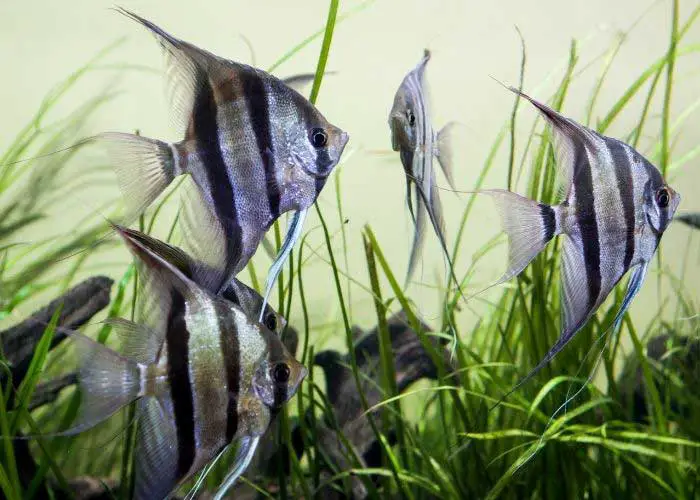
This article covers freshwater angelfish, one of the most commonly owned species by fishkeepers worldwide.
I talk about the growth rate of angelfish and factors that can impact the angelfish growth rate, such as diet and tank conditions. You will also find an angelfish size chart detailing the average size of many angelfish varieties.
By the end of this short article, you’ll know everything you need to about angelfish and their size. You’ll also know whether to get a bigger tank.
How Big Do Freshwater Angelfish Get?
Freshwater angelfish are a popular choice for many aquarium enthusiasts, thanks to their beautiful appearance and peaceful nature. Keeping freshwater angelfish is relatively easy, and they make excellent community fish. But how big do angelfish get?
In captivity, freshwater angelfish typically grow to between 4 and 6 inches long. However, they can reach sizes of up to 12 inches in the wild. This difference in size is due to several factors, including diet, living space, and water conditions.
In general, angelfish kept in home aquariums don’t reach their full size potential due to the smaller confines of their tank. However, they can still grow to be large and healthy fish with proper care.
Full Grown Angelfish Size
A full-grown angelfish’s size is often determined by its species, breed, age, and genetics. However, environmental factors such as tank size and diet can also play a role in determining the size of a full-grown angelfish. In general, a healthy angelfish that has been well taken care of will reach its full size.
Angelfish grow about 4 inches in the first 6 months of their lives and are considered full size at between 1 and 2 years of age. However, an adult angelfish can continue to grow slowly throughout its adult life until around 5 or 6 years old. Adult angelfish can grow a further 1 inch every 1-3 years until it is fully grown.
It isn’t easy to give an accurate size estimate of a full-grown angelfish as there are many different varieties. So what is the average size of a full-grown angelfish?
Below is an angelfish size chart with several common types of freshwater angelfish and their average length. You should add 1 or 2 inches to establish the potential maximum height.
Angelfish Size Chart
| Angelfish Type | Average Length |
|---|---|
| Albino Angelfish | 5-7 Inches |
| Altum Angelfish | 5-7 Inches |
| Clown Angelfish | 5-7 Inches |
| Ghost Angelfish | 6-8 Inches |
| Zebra Angelfish | 8-12 Inches |
| Marble Angelfish | 6-8 Inches |
| Golden Marble Angelfish | 5-7 Inches |
| Veil Angelfish | 6-10 Inches |
| Leopard Angelfish | 6-8 Inches |
| Black Lace Angelfish | 10-14 Inches |
| Half Black Angelfish | 5-7 Inches |
| Black Angelfish | 5-7 Inches |
| Silver Angelfish | 5-7 Inches |
| Gold Angelfish | 5-7 Inches |
| Platinum Angelfish | 5-7 Inches |
| Smokey Angelfish | 6-8 Inches |
| Koi Angelfish | 5-7 Inches |
| Blushing Angelfish | 5-7 Inches |
The sizes above are averages. Your angelfish may grow larger or smaller, depending on the species, variety, and sex.
Another essential point to note is that male angelfish tend to be slightly bigger than female angelfish. The difference in size is relatively small, sometimes only 0.5-1 inch.
If you are interested, you can read my article about how long angelfish live.
How Fast Do Angelfish Grow?
Angelfish generally reach most of their size potential within two years, though they may continue to grow slowly and put on some weight after that point.
The growth rate of angelfish varies depending on the species and its living conditions. Ultimately, many factors can affect an angelfish’s growth rate. For example, angelfish that are kept in a well-maintained tank with plenty of food and clean water will usually grow faster than those kept in less ideal conditions.
Angelfish Tank Size
One crucial factor that allows an angelfish to grow correctly is the tank size in which it lives. Fish often experience stunted growth when kept in a small tank, and angelfish are no exception.
A general rule of thumb for most freshwater angelfish is to use a tank no smaller than 20 gallons with an additional 10 gallons for each additional angelfish. This number can vary depending on the species, tank size, how many other fish are present, and how often the tank is cleaned.
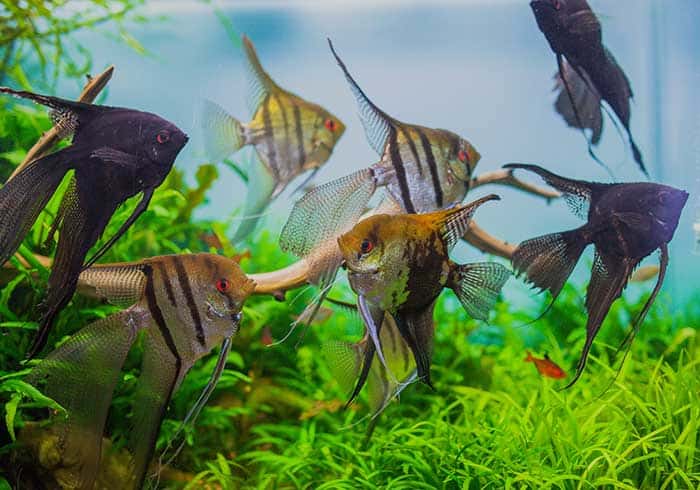
Another important factor when choosing your angelfish tank is the depth. Angelfish are often taller than they are long, so a tall tank is necessary for your angelfish to swim comfortably. A standard square or rectangular tank should be fine, giving your angelfish enough depth (minimum of 3-4 times your angelfish’s maximum projected height) and enough space to swim around.
A cramped fish tank can cause stress and make your angelfish aggressive toward other tank mates, which is very out of character as angelfish tend to be a generally peaceful fish species.
Juvenile angelfish are the most aggressive, especially when in season. Breeding angelfish are pretty territorial and need plenty of room to swim. If you have other community fish in the tank, they need enough space to avoid confrontation, and you should provide plenty of hiding spots.
Angelfish Water Parameters
Using the right size tank for angelfish is essential, but so is the quality of the water. Like most fish, angelfish need clean and well-oxygenated water to grow and thrive. A stable tank temperature is also required to avoid stress.
It would help if you kept the water temperature within a specific range for your angelfish to thrive. You can find the ideal water conditions for your angelfish to experience the most natural growth in the table below.
| Water Parameter | Value |
|---|---|
| Temperature | 72°F-82°F (22°C-28°C) |
| pH Level | 6.8-8 |
| Water Hardness | 4-12dGH |
| Minimum Tank Size | 20 Gallons |
Regular tank cleaning also helps your angelfish reach their maximum growth as it removes hormones from the water, which can stunt growth, and it gives your angelfish a clean healthy environment to live in.
Diet
What angelfish eat certainly impacts how big angelfish get. A healthy balanced diet is probably the most important factor for your angelfish to achieve its full natural growth potential. Understanding what angelfish eat in their natural habitat of the Amazon river systems of South America and emulating this in your tank will provide the best and most natural diet.
In the wild, angelfish eat:
- Small crustaceans such as shrimp and soft-shelled crabs.
- Smaller fish.
- Insects and insect larvae such as ants, water bugs, and spiders.
- Plants such as algae, floating plants, and water lilies.
Angelfish enjoy a carnivorous diet but are omnivorous, eating a diet high in protein with a small amount of plant matter. You can emulate this diet by providing foods such as:
- Mysis Shrimp
- Blood worms
- Brine Shrimp
- Black worms
- Small soft-shelled crabs
- Insect larvae
- Daphnia
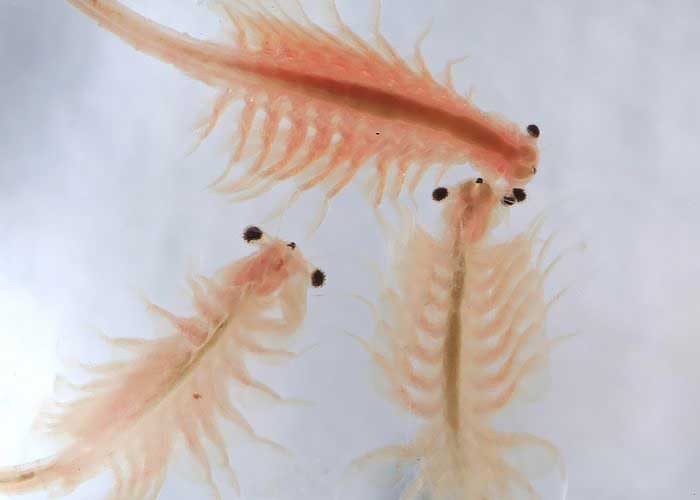
You need to feed juvenile angelfish 3-4 times per day for the best growth. Adult angelfish only require 1 or 2 feeds per day. I also recommend fasting your angelfish for 1 or 2 days per week for a healthy digestive system.
For more information, I wrote an article on what to feed Angelfish: What Do Angelfish Eat (Everything you need to know).
Wrap Up
Hopefully, I have given you a good understanding of how big angelfish can get and have covered a variety of factors that can influence their growth.
Because there are many breeds of angelfish, it isn’t easy to give an exact size estimate when they are fully grown, so instead, I have included a helpful list of angelfish breeds and the average size they will likely reach.
Tank size is an essential factor in growth as a small tank can stunt an angelfish’s development, and the lack of exercise can also lead to health problems.
Finally, I covered the angelfish diet, one of the single most important factors affecting their growth potential.
All of the areas covered are pretty straightforward and self-explanatory, so if you are new to fish-keeping, you can still get the best out of your angelfish.


